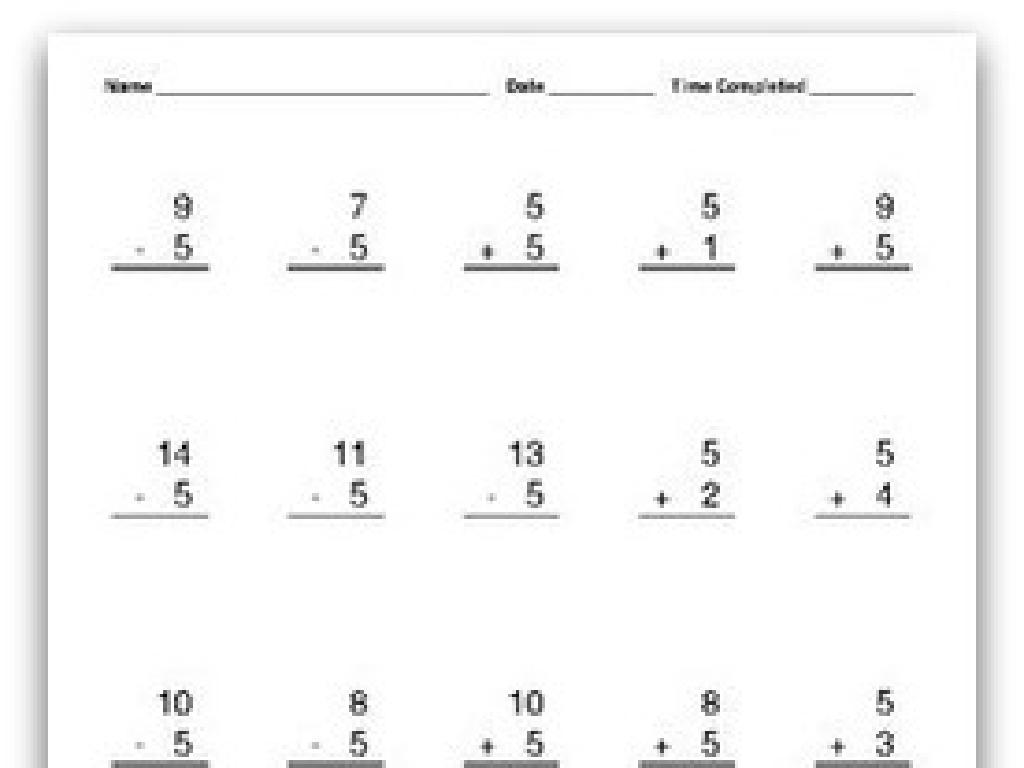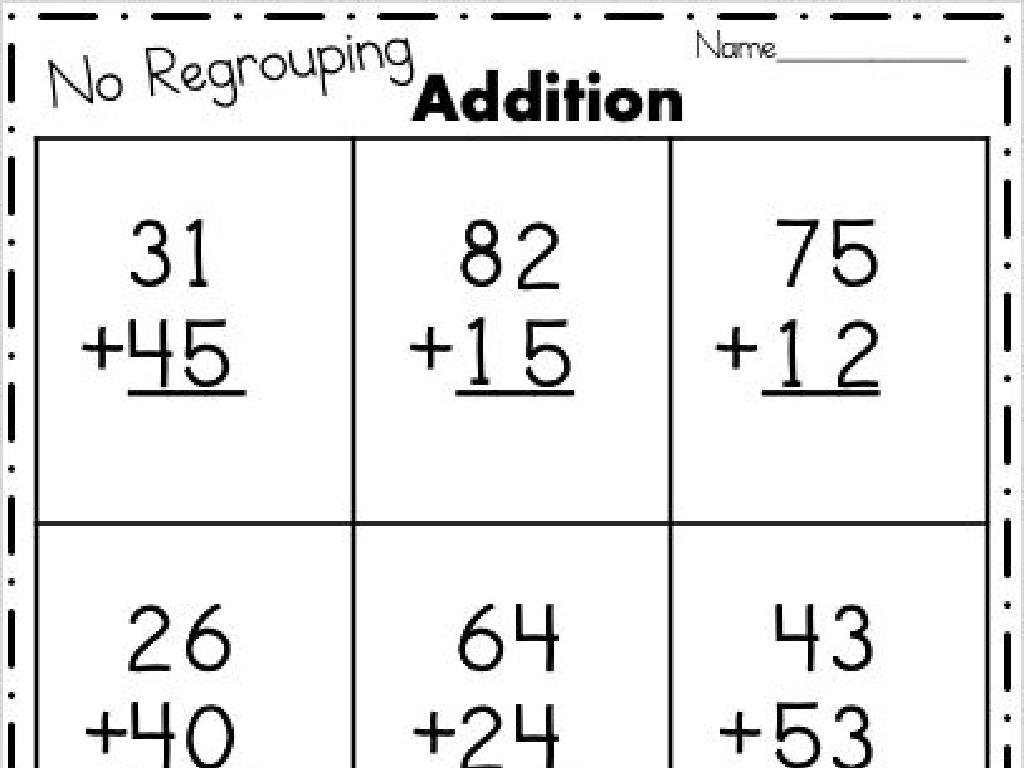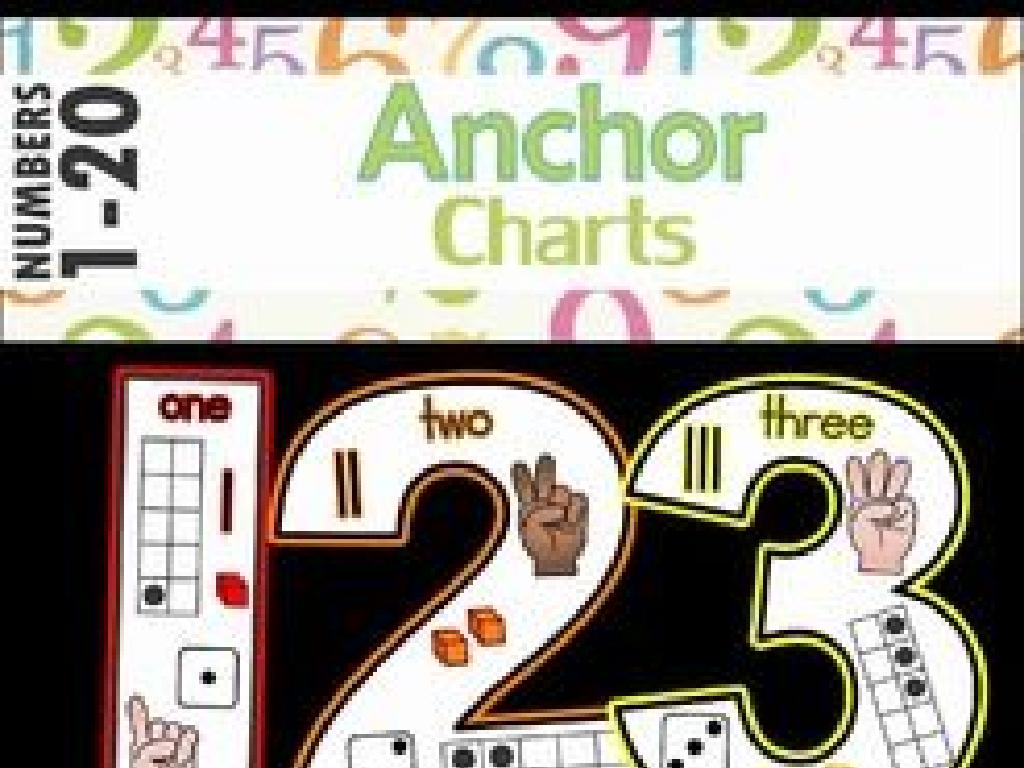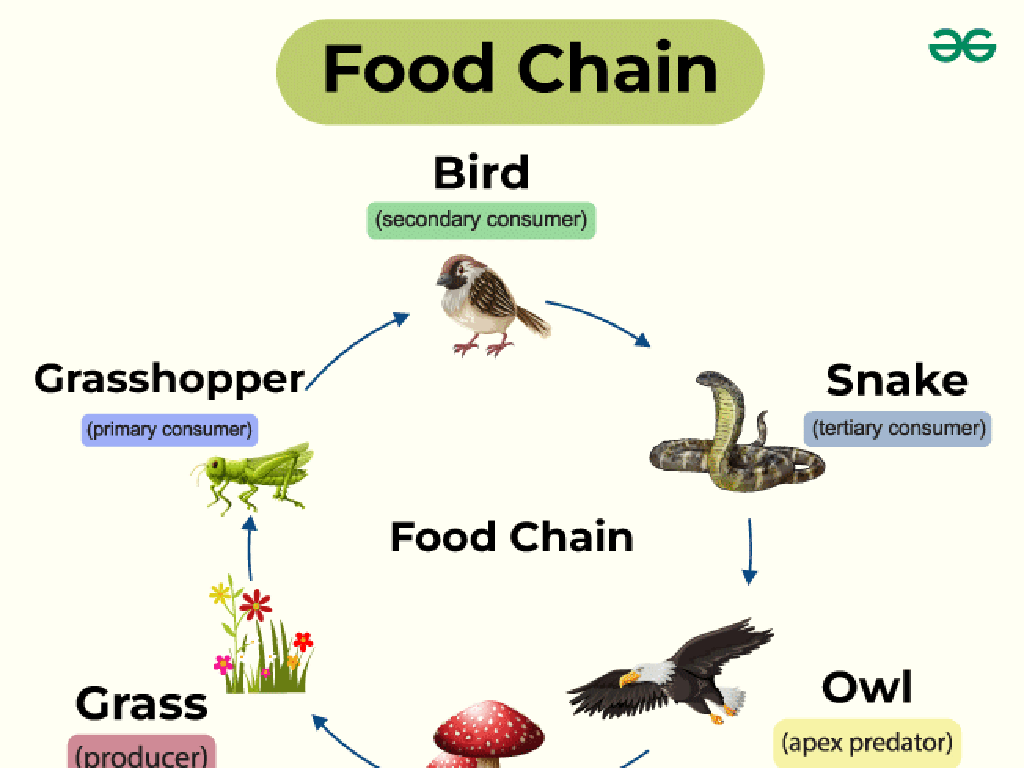Label The Rhyme Scheme
Subject: Language arts
Grade: Sixth grade
Topic: Analyzing Literature
Please LOG IN to download the presentation. Access is available to registered users only.
View More Content
Understanding Rhyme Schemes in Poetry
– What is poetry?
– Poetry is a form of writing that expresses ideas and feelings.
– Rhyme schemes in poems
– A rhyme scheme is the pattern of rhymes at the end of each line.
– Identifying rhyme patterns
– Look for letters marking similar sounds at the end of lines.
– Practice with examples
– We’ll analyze a poem together to find its rhyme scheme.
|
This slide introduces the concept of rhyme schemes as a part of analyzing literature, specifically poetry. Begin by discussing what poetry is and how it differs from other forms of writing, emphasizing its rhythmic and often rhyming nature. Explain that a rhyme scheme is a systematic way to describe the pattern of rhymes in a poem, typically marked by assigning a letter to each end rhyme. Guide students on how to identify these patterns by looking for lines that end with the same sound and marking them with corresponding letters. Provide a simple poem as an example and work through it together to label the rhyme scheme. Encourage students to listen to the sounds and enjoy the rhythm of the poem as they identify the pattern.
Understanding Rhyme in Poetry
– Definition of rhyme
– Words that have the same ending sound, like ‘cat’ and ‘hat’.
– Examples of rhyming words
– ‘Moon’ rhymes with ‘June’, ‘light’ with ‘night’.
– Purpose of rhyme in poetry
– Rhyme adds rhythm, enhances mood, and can emphasize themes.
– Identifying rhyme schemes
– A rhyme scheme is the pattern of rhymes at the end of each line.
|
This slide introduces students to the concept of rhyme within the context of poetry. Rhyme is a literary device where words have similar ending sounds, often used by poets to create rhythm and enhance the mood of the poem. Provide students with clear examples of rhyming words to illustrate the concept. Discuss why poets might choose to use rhyme, such as making their poems more memorable or to stress certain points. Finally, explain that a rhyme scheme is the ordered pattern of rhymes at the ends of the lines of a poem or verse. Encourage students to listen to the sounds of words and practice identifying rhyme schemes in different poems.
Identifying Rhyme Patterns in Poetry
– Understanding Rhyme Schemes
– A rhyme scheme is the pattern of rhymes at the end of each line in a poem.
– Labeling Rhymes with Letters
– We use letters (AABB, ABAB) to label matching end sounds.
– Practice with Simple Poems
– Look at short poems and label the rhyme schemes together.
– Recognizing Patterns
|
This slide introduces students to the concept of rhyme schemes in poetry, an important aspect of analyzing literature. Start by explaining that a rhyme scheme is a structured pattern of rhyme that occurs at the end of each line. Demonstrate how to label these patterns using letters, where each letter corresponds to a specific end sound. Engage the class with a hands-on activity where they practice identifying rhyme patterns in simple poems. This will help them recognize and appreciate the artistic structure in poetry. Encourage students to listen for rhymes and predict the next ones as a way to interact with the text.
Exploring Rhyme Schemes in Poetry
– Common rhyme patterns: AABB, ABAB, ABCB
– Why poets use rhyme schemes
– Rhyme schemes add rhythm and beauty to poems, making them memorable.
– Match schemes with familiar poems
– Think of poems we’ve read. What patterns do they follow?
– Practice identifying rhyme schemes
– We’ll look at examples and learn how to label the schemes.
|
This slide introduces students to the concept of rhyme schemes in poetry, which are structured patterns of rhyme at the end of lines. Start by explaining the common rhyme schemes AABB, ABAB, and ABCB, with AABB being two consecutive lines that rhyme followed by another two that rhyme, ABAB being alternating lines that rhyme, and ABCB being the second and fourth lines rhyming. Discuss the purpose of rhyme schemes in poetry, such as creating rhythm, enhancing the musical quality of a poem, and emphasizing certain ideas. Encourage students to think of poems they are already familiar with and identify the rhyme schemes used. Finally, engage the class in practice exercises where they identify and label rhyme schemes in various poems. This activity will help solidify their understanding of the concept and its application in analyzing literature.
Analyzing Rhyme Schemes in Poetry
– Understanding rhyme schemes
– Rhyme schemes’ impact on rhythm
– Consistent patterns can create a musical beat
– Rhyme schemes’ influence on mood
– Can set a joyful or somber tone in the poem
– Activity: Identifying rhyme schemes
– Use a fresh poem to practice finding the rhyme pattern
|
This slide introduces students to the concept of rhyme schemes and their significance in poetry. Explain that a rhyme scheme is the pattern of rhymes at the end of each line of a poem, usually referred to by letters (e.g., ABAB). Discuss how these patterns can affect the rhythm of the poem, making it sound more like a song, and how they can influence the mood, evoking different emotions. For the activity, provide a new poem and guide students to identify the rhyme scheme by looking for rhyming words at the end of lines and labeling them with letters. Encourage students to consider how the identified rhyme scheme contributes to the overall feel of the poem. Prepare to offer support and examples during the activity.
Rhyme Scheme Practice
– Practice labeling rhyme schemes
– Group activity with a poem
– Work in small groups to analyze a poem
– Label poem’s rhyme scheme
– Determine the pattern of rhymes at the end of each line
– Share findings with the class
– Discuss as a class and compare results
|
This slide is designed to facilitate a group activity focused on identifying and labeling rhyme schemes in poetry. Begin by explaining what a rhyme scheme is and how it structures a poem. Divide the class into small groups and provide each group with a copy of a selected poem. Encourage students to read the poem aloud and listen for the rhyming words at the end of each line. They should label the rhyme scheme using letters (e.g., ABAB, AABB). After the activity, bring the class together to share their findings and discuss any differences in their analyses. This will help students understand how rhyme schemes contribute to the rhythm and flow of poetry. Provide guidance and support as needed during the activity.
Class Activity: Crafting Rhymes Together
– Write your own short poem
– Use the ABAB rhyme scheme
– Lines 1 and 3 rhyme with each other, as do lines 2 and 4
– Get ready to share with the class
– We’ll label the rhymes together
– Identifying the pattern in each other’s poems enhances understanding
|
This interactive class activity is designed to help students apply their knowledge of rhyme schemes by writing their own poems. Encourage creativity and explain that an ABAB rhyme scheme means the first and third lines should rhyme with each other, and the second and fourth lines should rhyme. After writing, students will share their poems with the class, and together, they will practice labeling the rhyme scheme. This exercise will not only reinforce the concept of rhyme schemes but also allow students to appreciate the rhythm and structure in poetry. Provide examples of ABAB rhyme scheme and offer guidance as needed. Possible activities for different students could include writing about different themes or emotions, or even creating collaborative poems in small groups.
Wrapping Up: Rhyme Schemes
– Recap: Rhyme Schemes in Poetry
– Why Rhyme Matters
– Rhyme adds rhythm and musicality to poems, making them memorable.
– Homework: Analyze a Poem
– Choose any poem you like for homework.
– Label the Rhyme Scheme
– Identify and label the pattern of rhymes.
|
As we conclude today’s lesson, remind students of the key points we’ve covered about rhyme schemes. Emphasize the importance of rhyme in poetry, how it creates a rhythm and can affect the way a poem feels and sounds. For homework, students should find a poem they enjoy and label its rhyme scheme, identifying the pattern of end rhymes. This exercise will help reinforce their understanding of the concepts discussed in class. Encourage them to look for classic as well as contemporary poems to see the variety of rhyme schemes used by different poets. In the next class, be prepared to discuss the poems they’ve chosen and the rhyme schemes they’ve identified.






